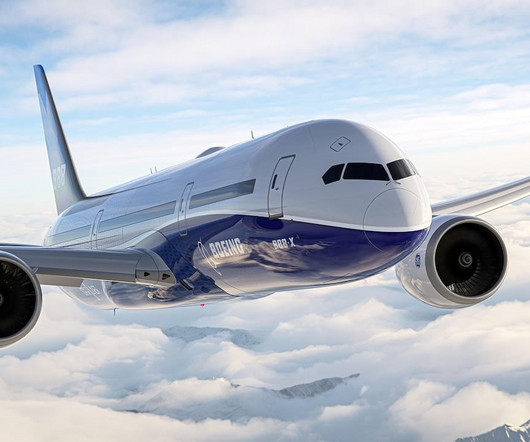Mastering the Crosswind Landing Technique: Tips for Safer Touchdowns
Pilot's Life Blog
JUNE 18, 2025
We train pilots step-by-step, combining hands-on practice and expert guidance to build confidence and skill in handling crosswinds safely. Pilots calculate the crosswind component by determining the wind direction and speed relative to the runway heading. Use rudder inputs to keep the aircraft tracking straight as you slow down.












Let's personalize your content